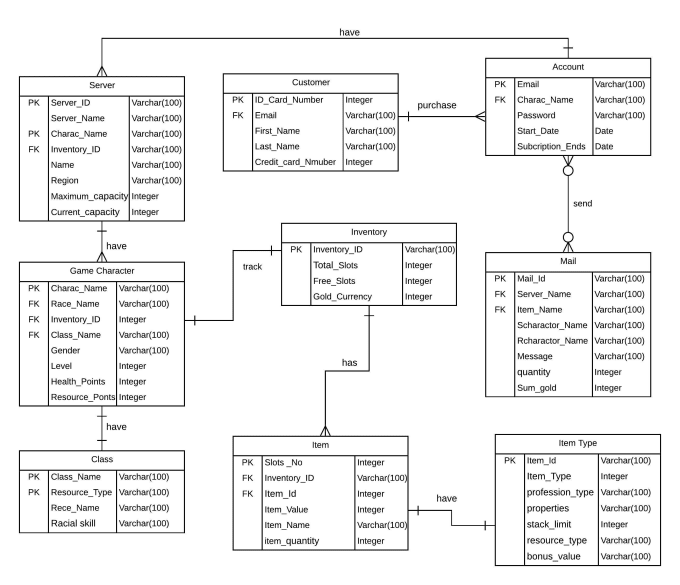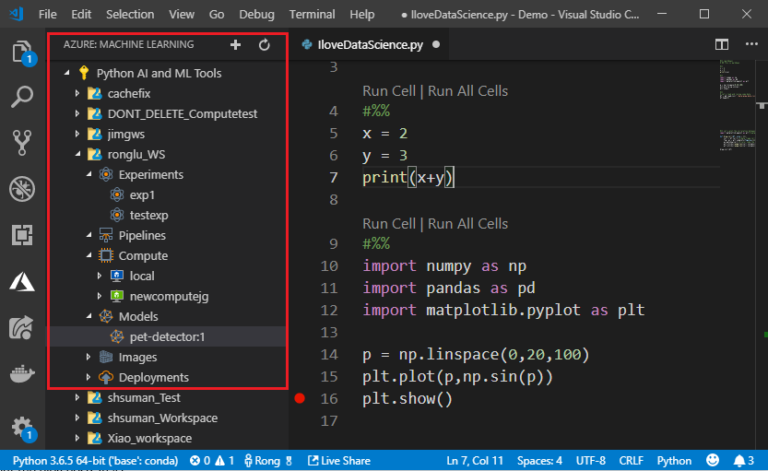

Mehdi Ramezani, lead author of the study, says that "In principle, the vertical contacts we've developed for the semiconductor layers can be applied to a large number of semiconductors.At The Tor Project, we make tools that help promote and protect the essential human rights of people everywhere.


Now we would like to find out which new and exotic dances the electrons agree upon if we combine these materials." "In the semiconductor molybdenum disulfide, on the other hand, the electrons perform a completely different dance, a strange solo routine that also incorporates their magnetic moments. "In a superconductor, the electrons arrange themselves into pairs, like partners in a dance - with weird and wonderful consequences, such as the flow of the electrical current without a resistance," explains Baumgartner, the project manager of the study. Andreas Baumgartner in the research group of Professor Christian Schönenberger at the Swiss Nanoscience Institute and the Department of Physics of the University of Basel, has now fitted a monolayer of the semiconductor molybdenum disulfide with superconducting contacts for the first time.

In addition, complex quantum mechanical phenomena take place in these semiconducting monolayers that may have applications in quantum technology.Ī team of physicists, led by Dr. These ultrathin semiconductors promise to deliver unique characteristics that are otherwise very difficult to control, such as the use of electric fields to influence the magnetic moments of the electrons. In the laboratory, researchers can separate these layers - which are no thicker than a single molecule - and use them to build electronic components. Some naturally occurring materials with semiconducting properties feature monolayers of this kind, stacked to form a three-dimensional crystal. With a view to future applications in electronics and quantum technology, researchers are focusing on the development of new components that consist of a single layer (monolayer) of a semiconducting material. Combined with superconductors, they are expected to give rise to new quantum phenomena and find use in quantum technology. These extremely thin materials with novel electronic and optical properties could pave the way for previously unimagined applications. Long-time Slashdot reader schwit1 shares new from SciTechDaily: For the first time, University of Basel researchers have equipped an ultrathin semiconductor with superconducting contacts.


 0 kommentar(er)
0 kommentar(er)
